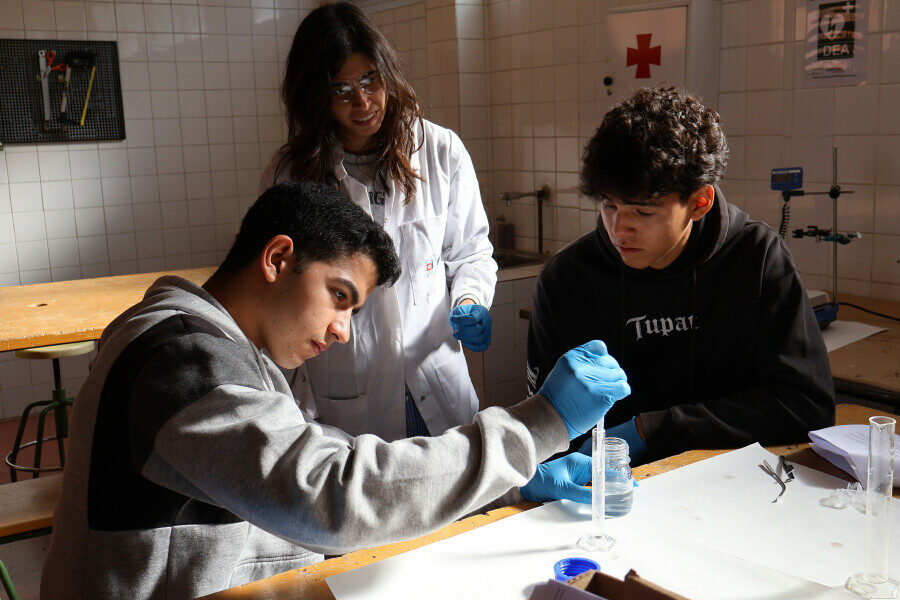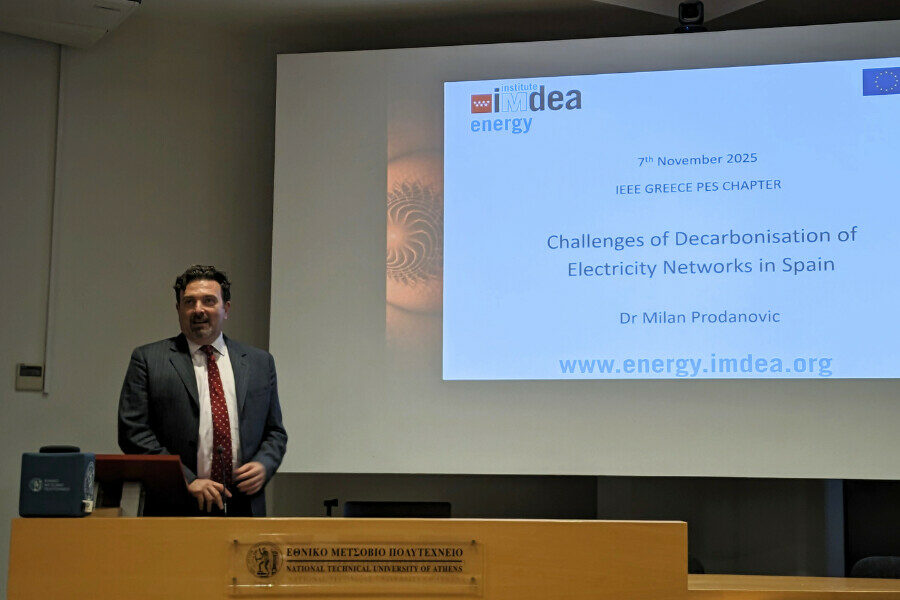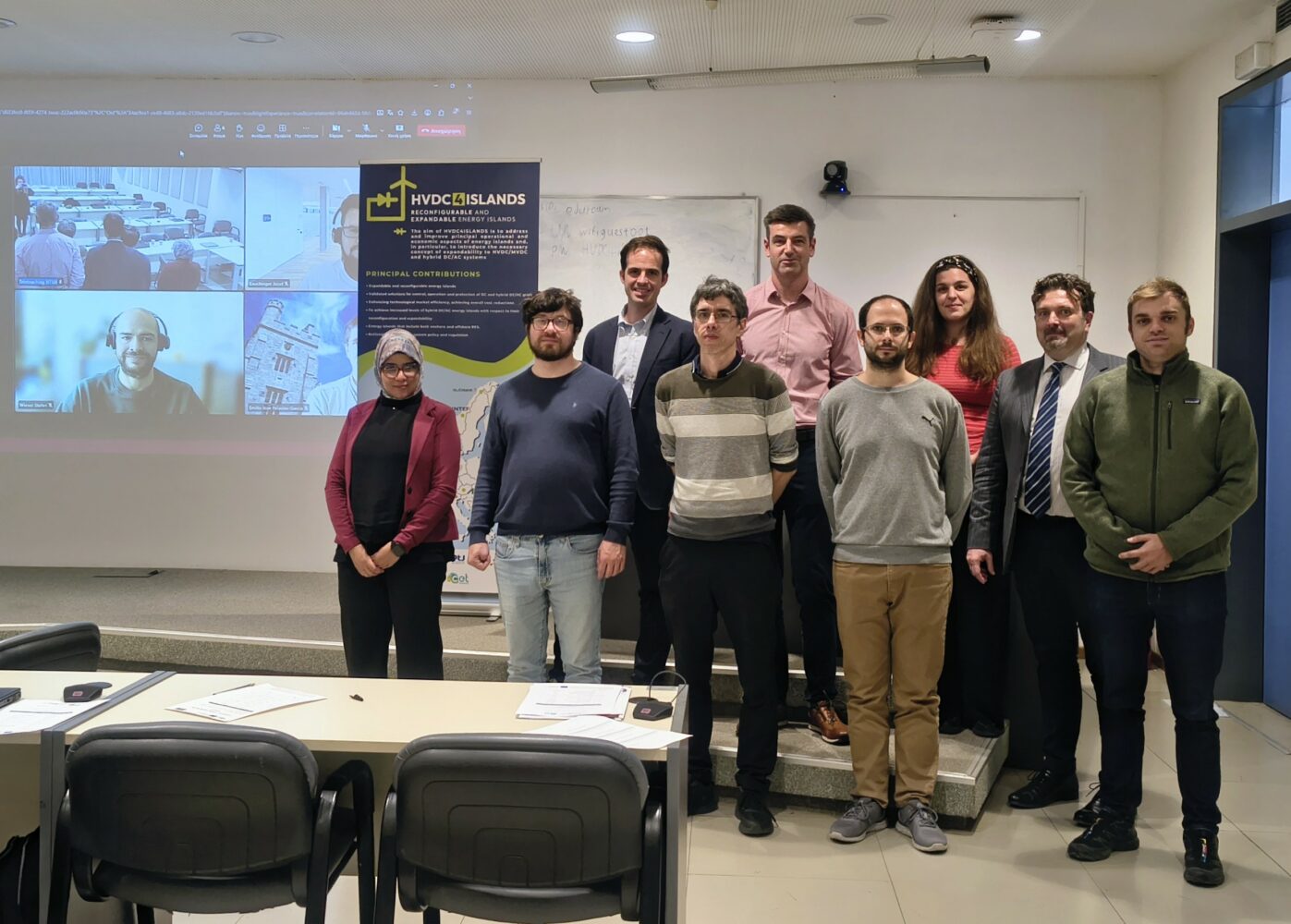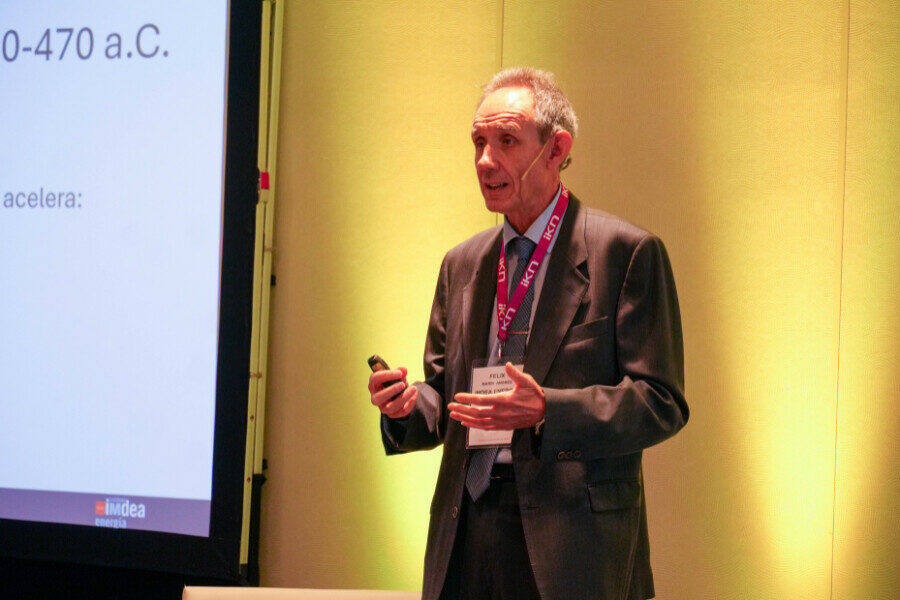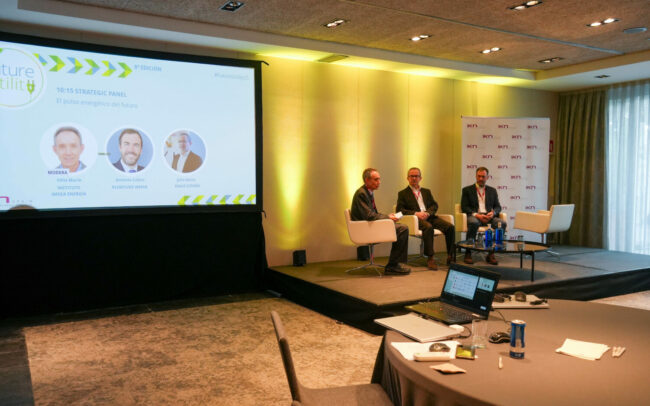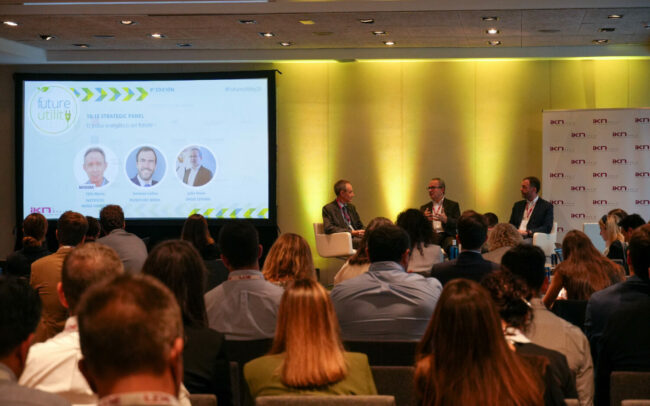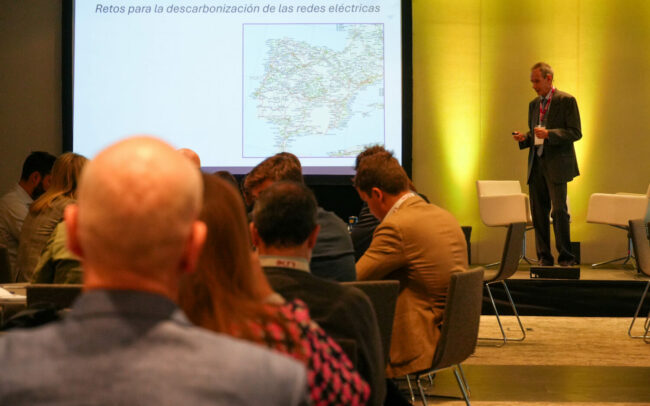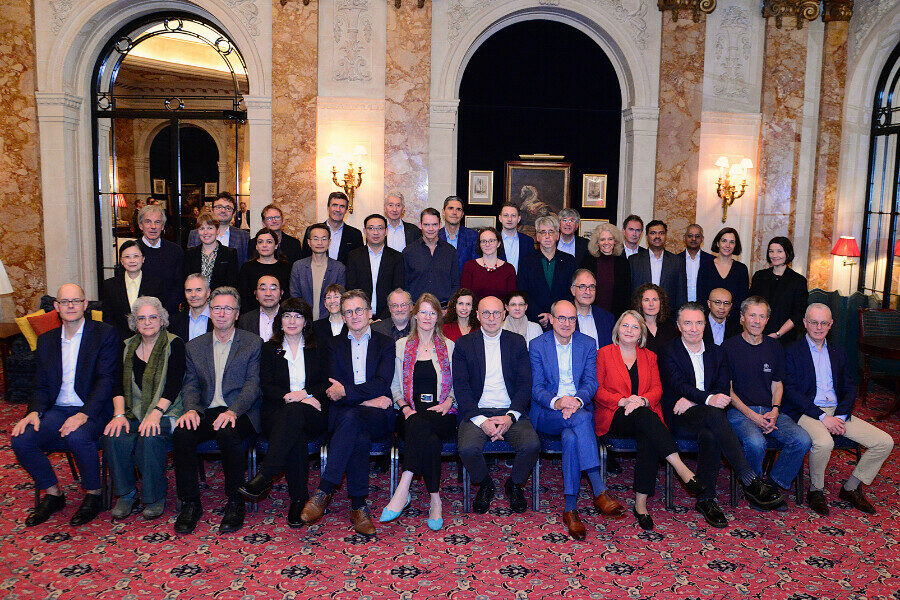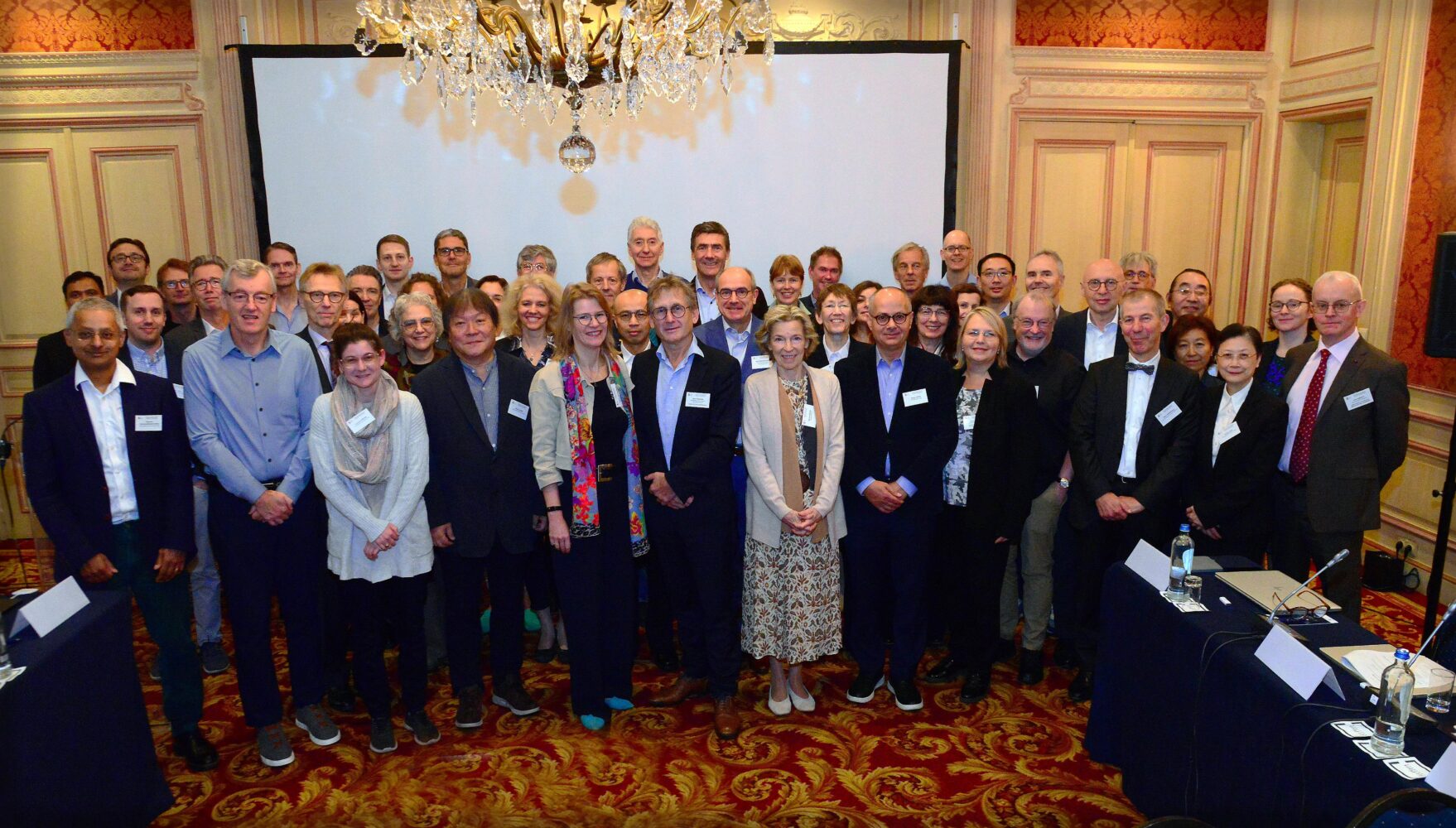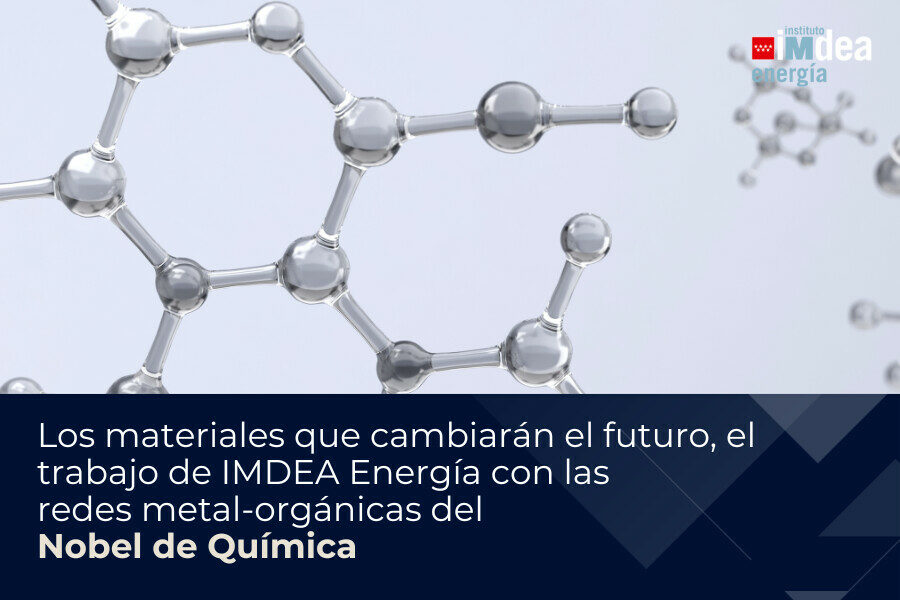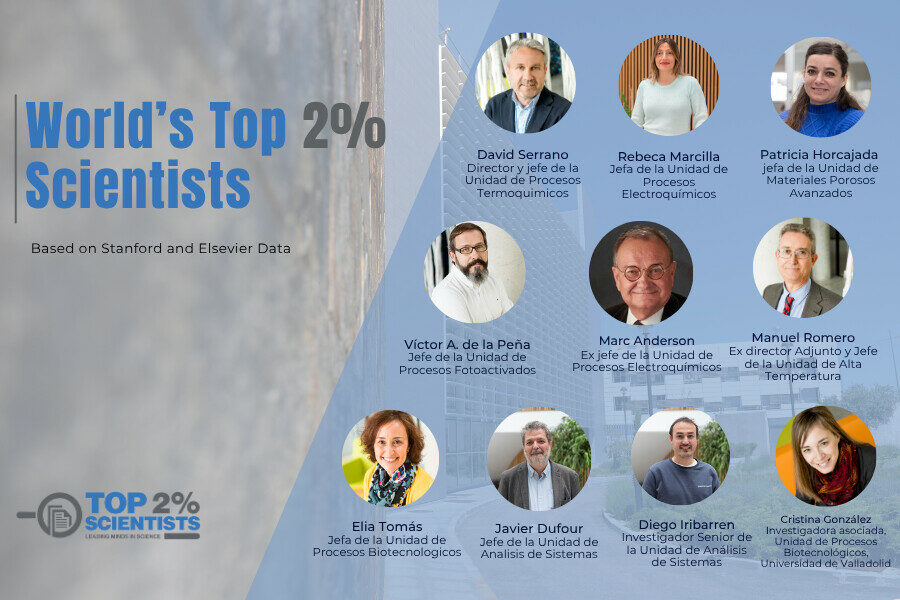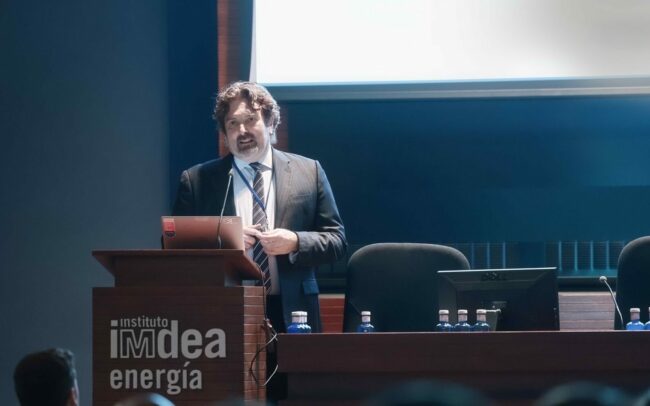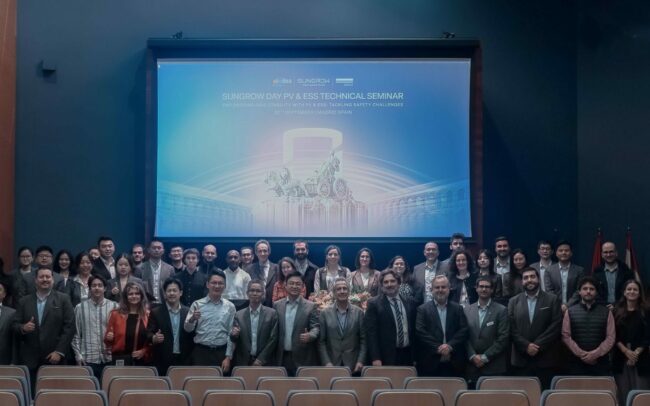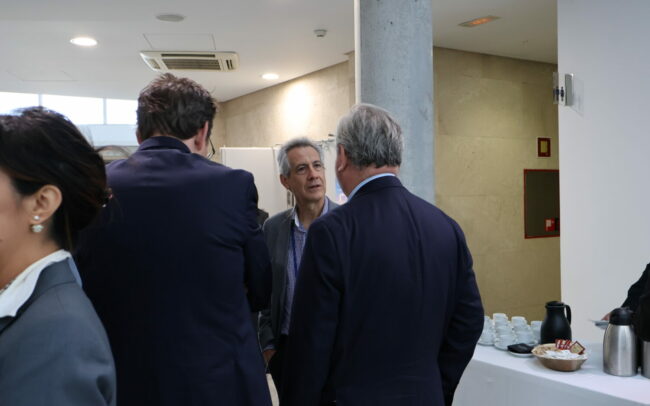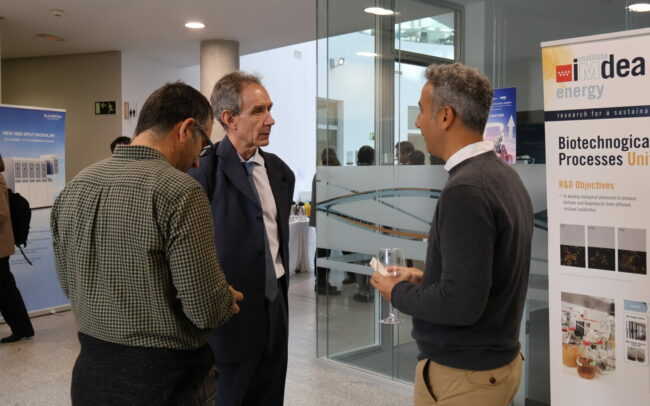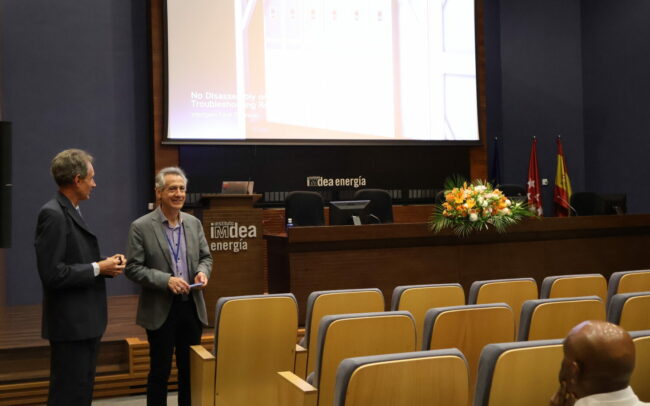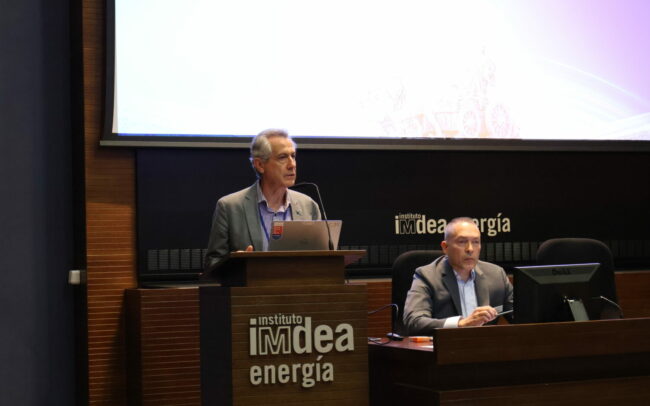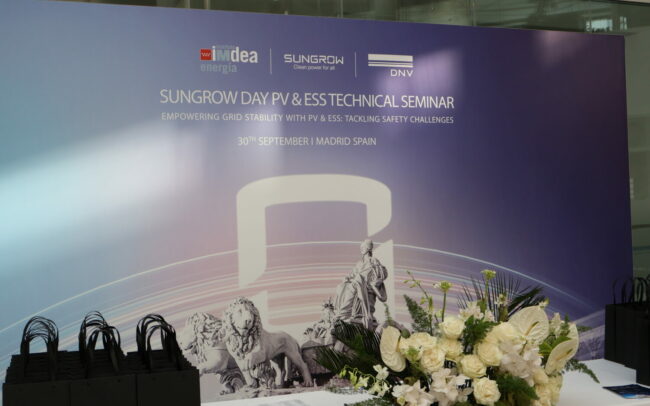IMDEA Energy researchers bring their projects to high schools during Science and Innovation Week
To mark Science and Innovation week 2025, on 12 and 13 November researchers from IMDEA Energy’s eight units visited IES Pinar from Alcorcón and IES Antonio Gala in Móstoles, where they carried out various workshop with 1º Bachillerato students. The aim was to show how research in clean energy is conducted today and what kind of work is carried out at a research centre.
On both mornings, the group explained their lines of work and proposed activities designed to help students see how heat can be converted into electricity using a Stirling engine and the Seebeck effect, along with a sample of the materials used in this type of facility. Next, the Biotechnological Processes Unit conducted a workshop on the production of bioproducts from organic waste. Using grapes, beertroot, yoghurt, and kefir, they showed how simple fermentation processes can obtain compounds of interest from everyday materials.
The day continued with a workshop by the Systems Analysis Unit, where students calculated their own carbon footprint based on questions related to transport, consumption habits, and energy use. Afterwards, the Thermochemical Processes team presented the fundamentals of biopolymer and biodiesel production and explained their possible uses as alternatives to conventional fuels and materials.
The second day was led by the Photoactivated Processes Unit and the Advanced Porous Materials Unit, who, in addition to explaining their work at the school, guided students through the construction of a dye-sensitized solar cell. The students built their own photovoltaic cell with porous titania and were able to relate its operation to concepts such as artificial photosynthesis.
Finally, the Electrical Systems and Electrochemical Systems Units organised an interactive workshop on conductivity. Students carried out small experiments to compare different materials such as salt and sugar and ended the activity with a Kahoot quiz.
More tan 20 researchers took part in these activities.



